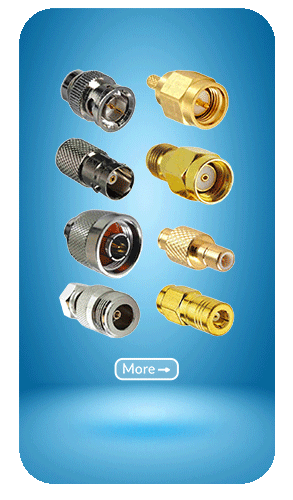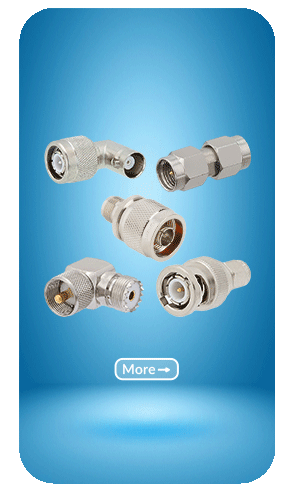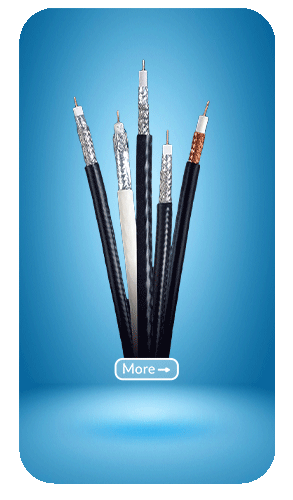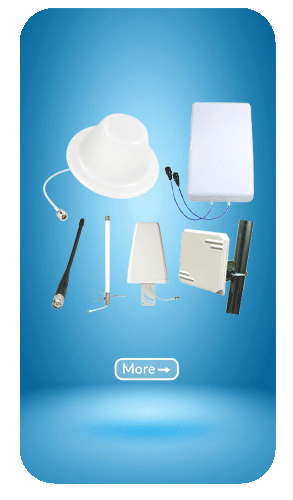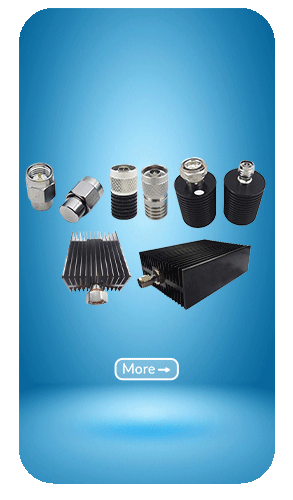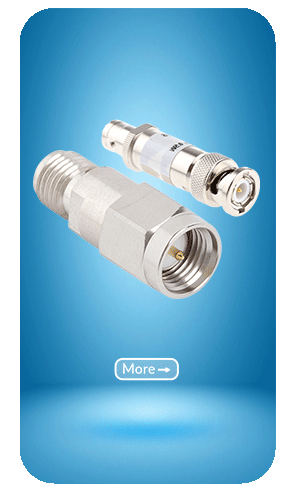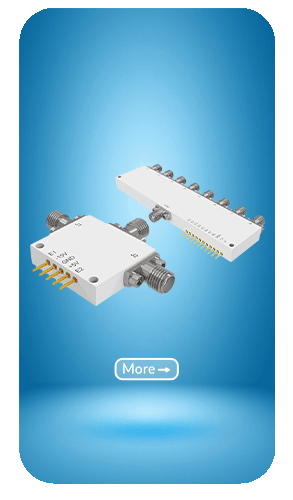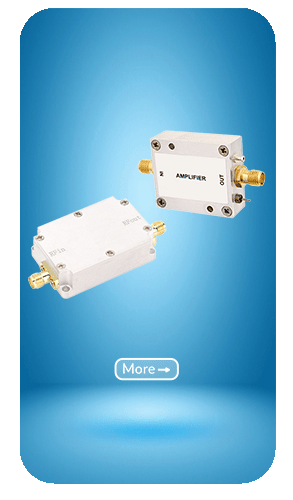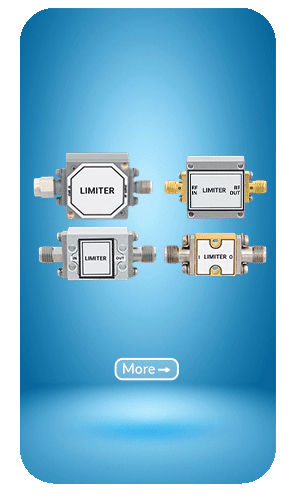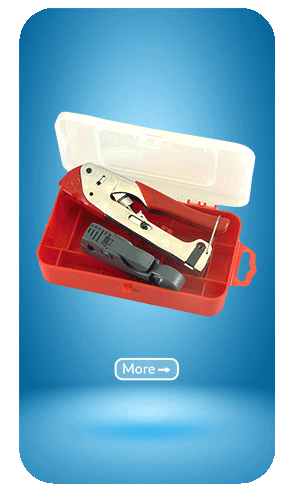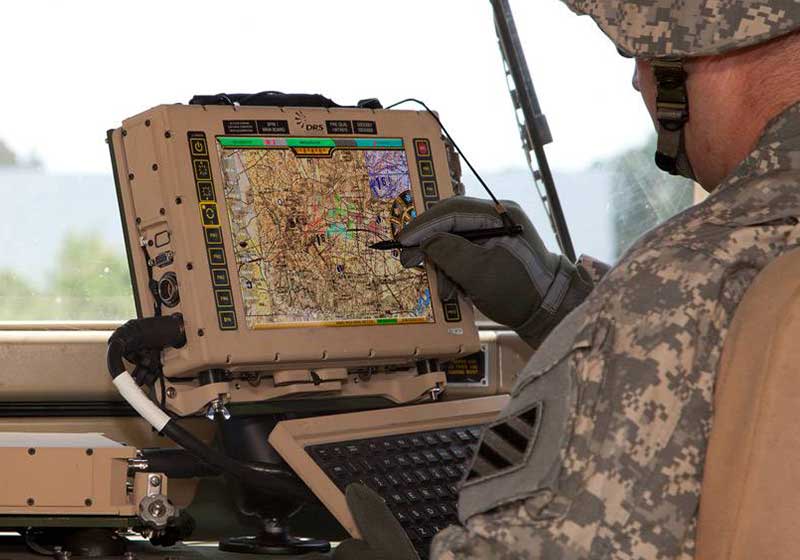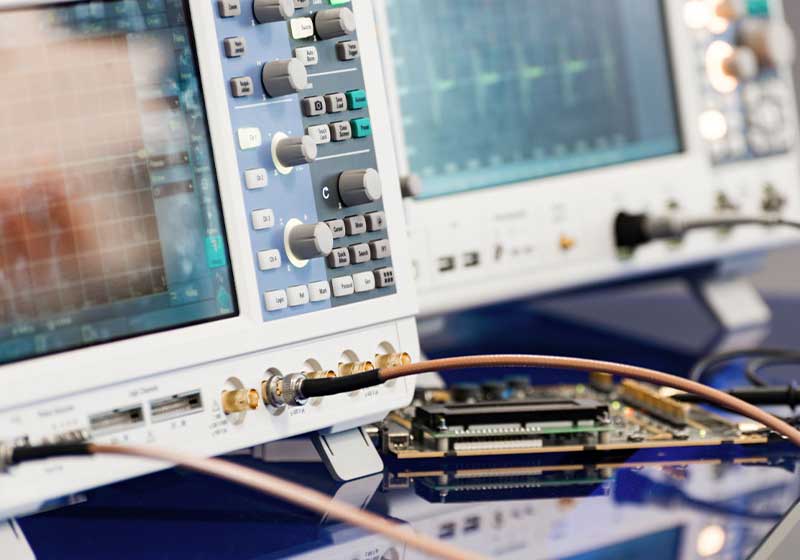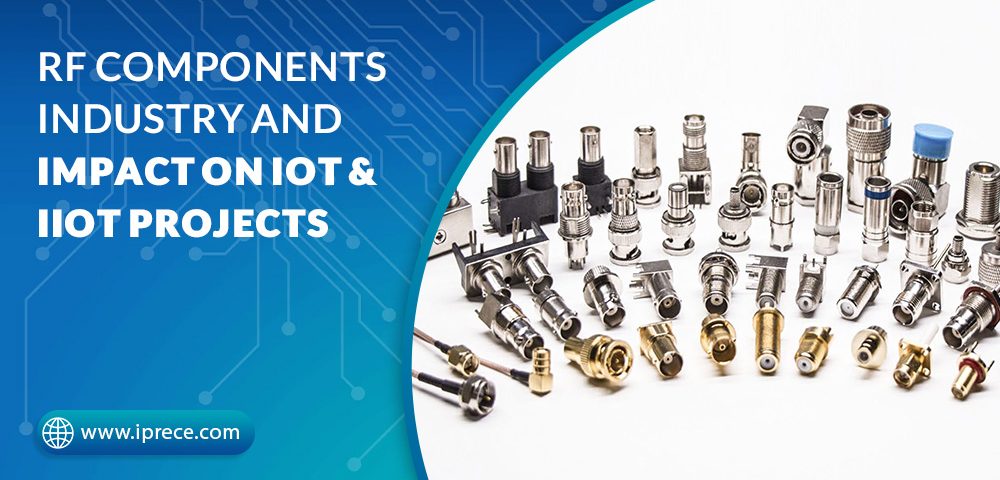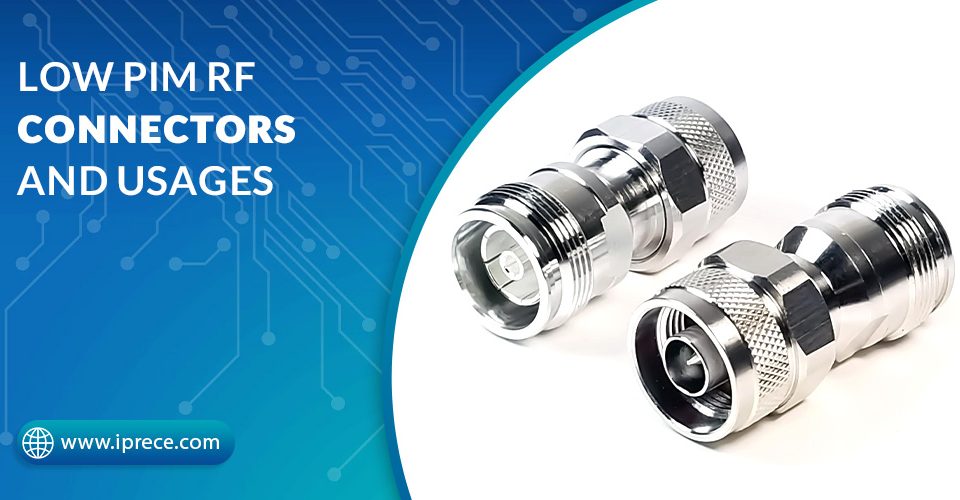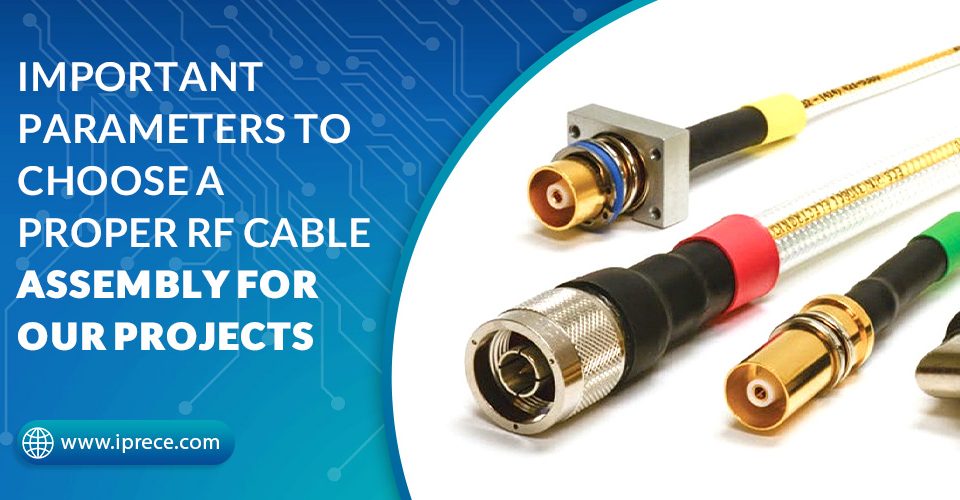
Low PIM RF connectors and usages
May 1, 2023The RF components industry is playing a vital role in enabling the growth of the Internet of Things (IoT) and Industrial Internet of Things (IIoT) projects. As IoT and IIoT continue to expand, the demand for wireless connectivity is increasing, and RF components are essential for making wireless communication possible.
RF components, including RF connectors, cables, antennas, filters, and amplifiers, are critical components that enable wireless communication between devices. These components are used in a wide range of applications, including smart homes, smart cities, industrial automation, healthcare, transportation, and energy.
In IoT and IIoT projects, the selection of the right RF component is essential to ensure reliable wireless communication. One of the most important factors to consider when selecting RF components for IoT and IIoT projects is frequency range. The frequency range required for IoT devices is typically in the range of 900MHz to 2.4GHz, while the frequency range for IIoT projects can be much higher, typically up to 6GHz. The frequency range required for a specific application will depend on the data rate, range, and interference considerations.

Another critical factor to consider when selecting RF components for IoT and IIoT projects is power handling capacity. The power handling capacity of RF components is essential for ensuring that the components can handle the power levels required for the application. The power handling capacity will depend on the application’s requirements, such as the transmission distance, signal strength, and interference.
The size and form factor of the RF component are also crucial considerations for IoT and IIoT projects. IoT devices are typically small and compact, so the RF components used in these devices must be small and lightweight. Miniaturization of RF components has enabled wireless communication in devices that were previously impossible, such as medical implants and sensors.
In IIoT projects, the ruggedness of RF components is also essential. Industrial environments can be harsh, with high temperatures, humidity, and vibrations, which can impact the performance of RF components. Therefore, RF components used in IIoT projects must be rugged and able to withstand harsh environmental conditions.
In conclusion, the RF components industry plays a critical role in enabling wireless communication in IoT and IIoT projects. Selecting the right RF component is essential to ensure reliable wireless communication, and the selection process should consider factors such as frequency range, power handling capacity, size, form factor, and ruggedness. As IoT and IIoT continue to grow, the demand for RF components is expected to increase, creating new opportunities for RF component manufacturers.


